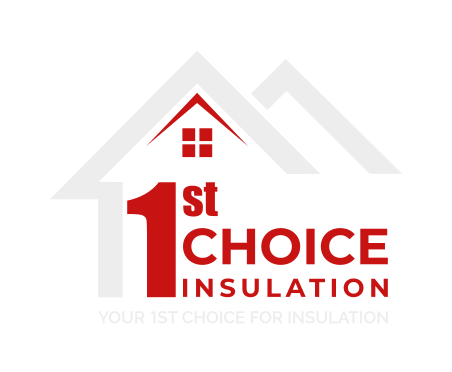Insulation Types
It’s important to recognize not all insulation types are created equal; and there can be advantages and disadvantages to each insulation type and application method. Insulation types can vary both in cost and return on investment; and it all comes down to the individuals goals and objective. The following chart may assist in recognizing some of the differences in insulation types.
Blown-In
Fiberglass
- Thermally Efficient
- Moisture Resistant
- Fire Resistant**
- Lightweight
- Recycled Content
- R-Value: ∼ 2.7
- Efficiency Level: Good
- Fire Resistance: Better
- Noise Reduction: Good
- Cost of Install: $$
Blown-In
Cellulose
- Sound Absorption
- Pest Resistant
- Class 1 Fire Rating
- Not Irritating to Skin
- 85% Recycled Material
- R-Value: ∼ 3.4
- Efficiency Level: Better
- Fire Resistance: Best
- Noise Reduction: Best
- Cost of Install: $
Open Cell
Spray Foam
- Sound Absorption
- Eliminates Pest Access
- Seasonal Expansion
- Creates Seals
- Long Lifespan
- R-Value: ∼ 3.7
- Efficiency Level: Better∗
- Fire Resistance: Better
- Noise Reduction: Best
- Cost of Install: $$
Closed Cell
Spray Foam
- Adds Structural Integrity
- Vapor Retarder
- Water Impermeable
- Energy Efficient
- Long Lifespan
- R-Value: ∼ 6.9
- Efficiency Level: Best
- Fire Resistance: Better∗
- Noise Reduction: Good
- Cost of Install: $$$
Batts
- Vapor Retarder***
- Moisture Resistant
- Fire Resistant
- Non Shrinking
- Recycled Content
- R-Value: ∼ 3.1 – 3.7
- Efficiency Level: Good
- Fire Resistance: Better
- Noise Reduction: Good
- Cost of Install: $
*(when combined with thermal/ignition barrier)
**(noncombustible)
***(Only Kraft or Foil-Faced Batts)

Hours
Monday 8 AM – 4 PM
Tuesday 8 AM – 4 PM
Wednesday 8 AM – 4 PM
Thursday 8 AM – 4 PM
Friday 8 AM – 4 PM
